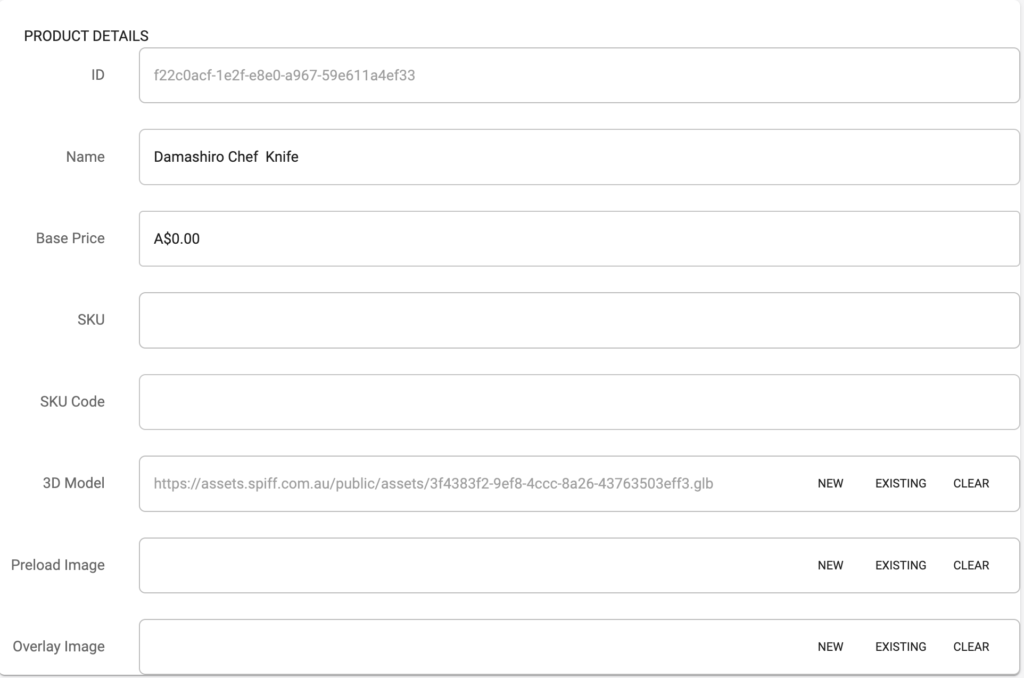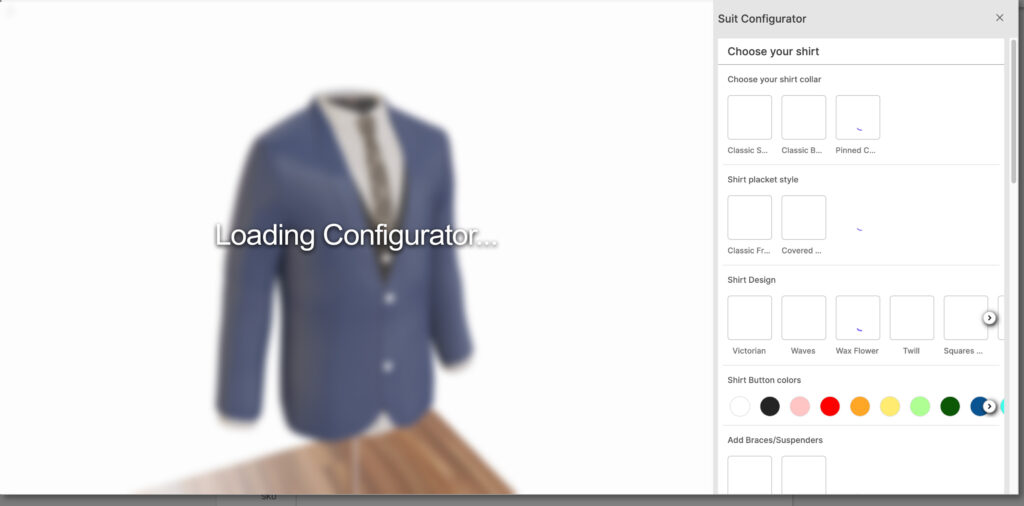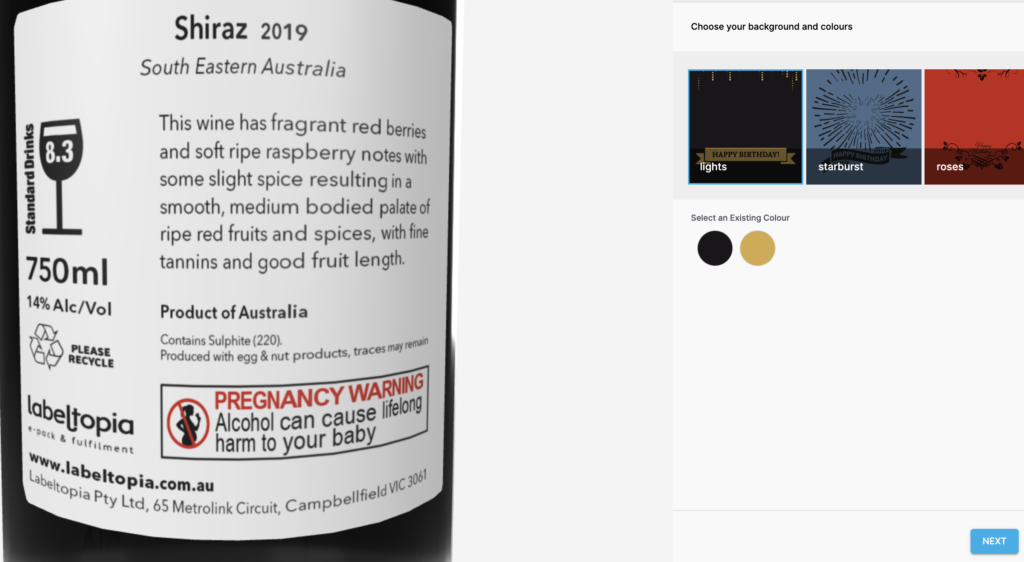The ‘Enabled’ Toggle
The “Enabled” toggle, found in the top right of your product’s page, controls whether the Spiff Product will be available to personalise through its linked counterpart on your eCommerce store. This is helpful for testing and making changes to your products without displaying a potentially unfinished experience to your consumers.

Autoprint
In conjunction with delivery channel settings and the Spiff Print Service App, this toggle instructs the final print files or print data from your workflows to automatically print on your (Or your fulfiller’s) machine once the customer has finished using the customisation experience, created their unique product, and has added it to the cart and finalised their order.

Details
The Product Details section of your product’s page contains all of the key information relating to it. This is where you enter information such as the product title, SKU, and base price (if it hasn’t already been imported from your eCommerce platform).
Found in this area is also the 3D model that you attach to your product, this is required if you are building a 3D experience for your consumers, and can be either added via ‘Existing’ from your Spiff Assets page or can be uploaded directly with the ‘New’ prompt.

Next, we have ‘Preload Image’, this is a feature that enables you to present any image or a snapshot of your experience before it has finished loading. For complex products and experiences with many steps, this will be helpful. The customer can see what’s going to be happening in this experience while they load it, rather than just seeing a loading bar.

the Overlay Image, used in conjunction with a “Product Overlay” Step in your workflow editor, serves as a way to display necessary or mandatory design details of a product across all attached workflows that feature the step. This means you can create a limitless amount of universal workflows that can be applied to a variety of products using similar personalisation.
For example, you may sell personalised wine bottles that all share the same sized label, but you offer 20 different kinds of wine that all have their own product page. With the Overlay Image and Product Overlay Step, you can create an overlay for each of these that contain information related to alcohol content, origin, descriptions, or anything else related to each specific product. See Below.

